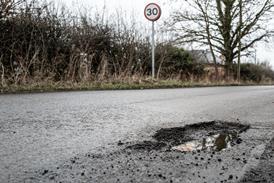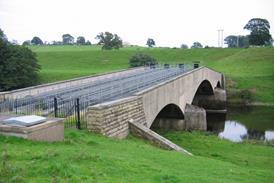Lothian Pension Fund is expecting to get Financial Conduct Authority approval for two special purpose vehicles by early 2016, as it looks to improve its in-house investment capabilities and foster better collaboration with other funds.
SPVs are often used for placing assets within the ownership of a scheme to improve its funding position. Last year, the Kingfisher Pension Scheme increased its funding level with an SPV containing a range of properties formerly owned by the sponsoring employer.
However, experts said SPVs can also be used to hire people and build in-house investment capabilities.
You have to work out what you’ll do with the employees – will they be members of the scheme?
David Pollard, Freshfields
The fund first made plans to form the SPVs in late 2014, but is still awaiting FCA approval.
A spokesperson for the fund said: “We cannot put a definitive timescale on this, being subject to the FCA’s processes, but we would hope to have authorisation in place by the end of the calendar year or early in 2016.”
One of the structures will employ staff directly to provide regulated investment services, while the other will “provide and support staff resource for the group”.
In-house management
The spokesperson said the structures would develop Lothian’s practice of internally managing investments, allowing it to operate within a more certain and appropriate regulated environment, reinforce the separate governance arrangements and support the scheme’s ability to collaborate with others, specifically those investing in alternatives.
“The structure was a response to internal business requirements already identified by LPF management, but is in line with the recent UK government announcement in its summer 2015 Budget for local government pension scheme funds to seek to pool their investments and find ways to generate efficiencies in the operation and management of their funds,” the spokesperson added.
The scheme runs 60 per cent of its £5.5bn of assets in-house, and this proportion will not change once the structure gets approval.
David Pollard, consultant for law firm Freshfields, said schemes can find it easier to trade through separate companies or structures.
“It might be a question of liability. If you’re individual trustees you might set up a company owned by the trustees, so it doesn’t push back into the trust,” he said.
However, Pollard also noted that these structures could find themselves having to pay income tax, VAT and capital gains – all things pension schemes manage to avoid.
The spokesperson for Lothian said the structure would “allow LPF to more effectively collaborate with LGPS and... private sector pension funds [and] institutional investors”.
Anne-Marie Winton, partner at ARC Pensions Law, said for some schemes such vehicles are about “ringfencing expertise with a view they could sell the service to unrelated pension schemes”.
Winton said many large schemes spin off businesses to provide services to other schemes.
“It occasionally happens when it’s a non-core part of the business – you spin it out into a separate vehicle,” she said.














